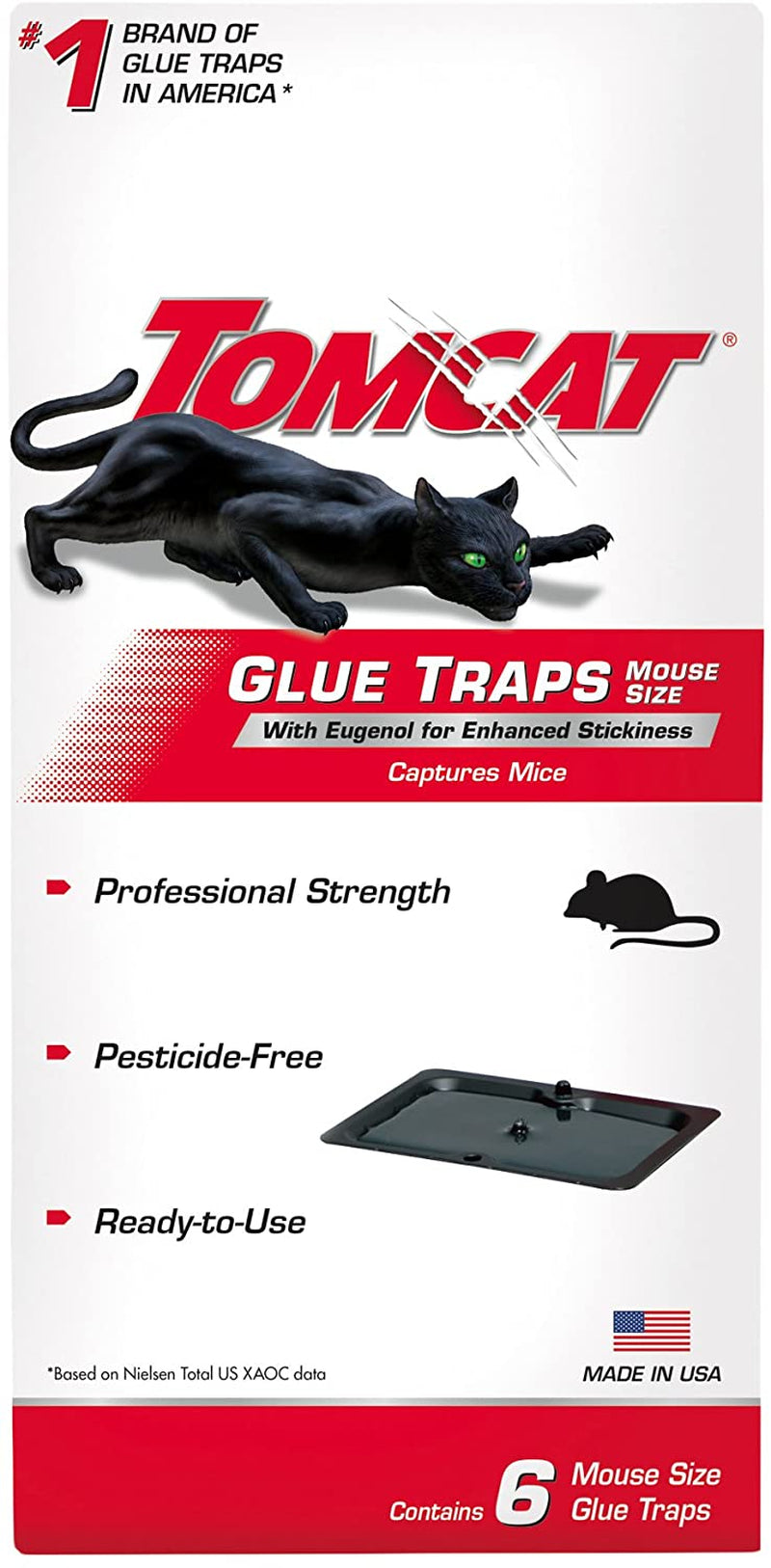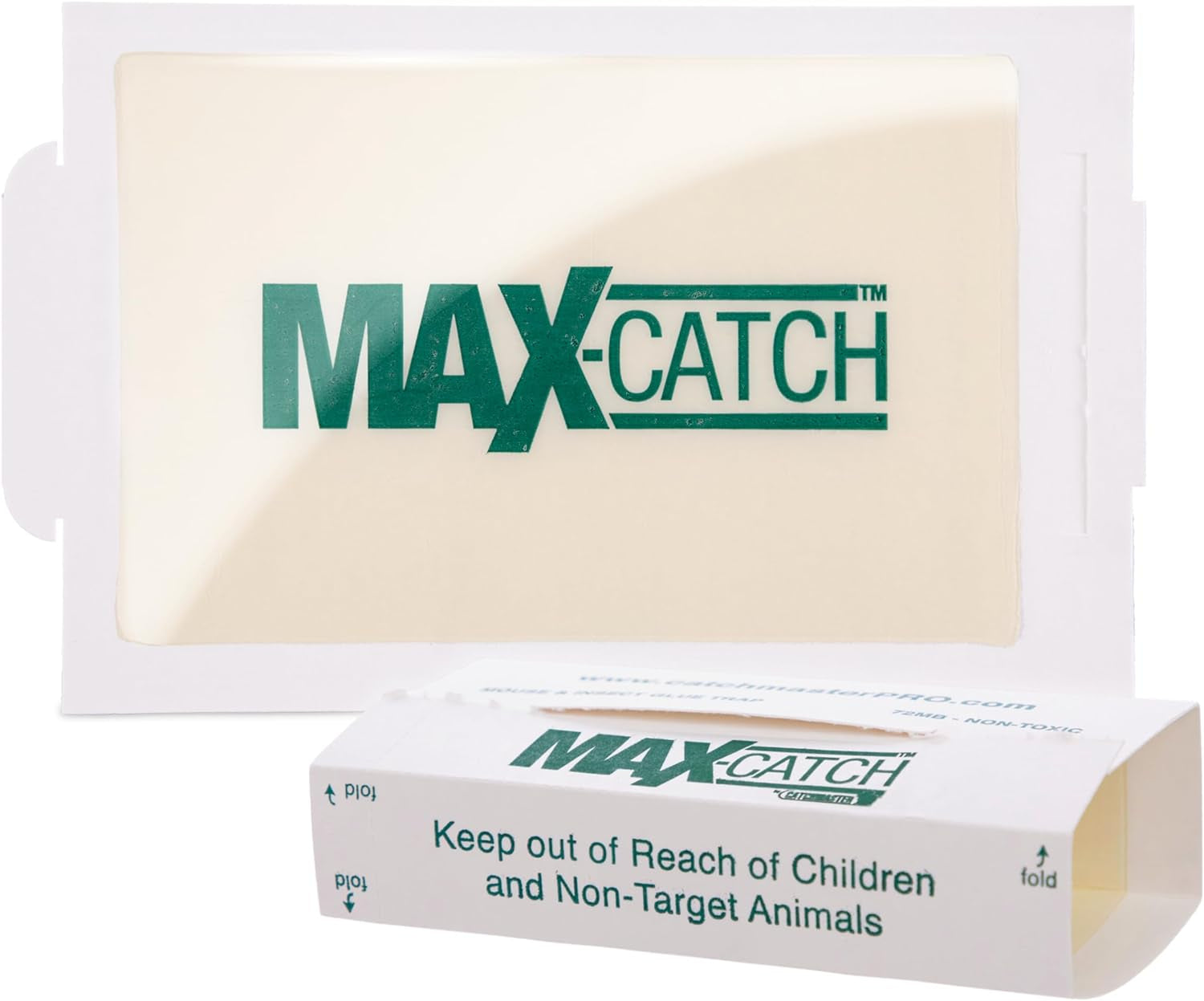Differences and Effectiveness: Rat Trap vs Mouse Trap
Share
When it comes to dealing with pesky rodents, many homeowners find themselves asking the inevitable question: Rat Trap vs Mouse Trap, which one is more effective and appropriate for their situation? Both traps serve the purpose of eliminating unwelcome guests, but they differ in design, usage, and efficiency. Understanding these differences is crucial in making an informed decision that ensures your home remains rodent-free.

The Importance of Choosing the Right Trap
Deciding between a rat trap and a mouse trap is not as simple as choosing one over the other. It involves careful consideration of several factors, including the type of rodent you're dealing with, the size of the infestation, and the specific areas you're looking to protect. Using the wrong trap can lead to inefficiency and a prolonged rodent problem, which is why understanding the nuances between these two types is key.

Understanding Rodent Behavior
Before delving into the specifics of rat traps and mouse traps, it's essential to understand the behavior of rats and mice. Both are nocturnal creatures, but their habits and preferences can vary significantly. While mice are curious and tend to explore new items and environments, rats are more cautious and often avoid new objects in their territory initially.
What Attracts Rats and Mice?
Both rats and mice are attracted to shelter, food, and warmth. However, their preferences in terms of food and shelter can differ. Mice tend to prefer grains, fruits, and seeds, whereas rats have a more varied diet and can consume almost anything, including meats and garbage. Understanding these preferences can help in setting the right traps and bait.

Design Differences: Rat Trap vs Mouse Trap
Mouse Traps
Mouse traps are generally smaller and designed to catch smaller rodents. They often feature a simple snapping mechanism that is triggered when the mouse takes the bait. The force exerted by mouse traps is sufficient to humanely kill mice but may not be adequate for larger rodents like rats.
Rat Traps
Rat traps, on the other hand, are larger and more robust. They need to exert more force to ensure a quick and humane kill due to the larger size and strength of rats. These traps can come in various forms, including snap traps, glue traps, and electronic traps. Choosing the right type of rat trap depends on the specific situation and the presence of children or pets in the home.
Effectiveness in Different Scenarios
For Light Infestations
If you're dealing with a light infestation, mouse traps may be sufficient. Mice are less cautious and easier to catch with simple traps baited with peanut butter or cheese. Placing mouse traps in areas where you notice droppings or signs of activity can be very effective.
For Heavy Infestations
For heavier or more severe infestations, rat traps are usually the better choice. Rats are more intelligent and wary of traps, so it's essential to use high-quality traps and place them carefully. Using multiple types of traps can also increase the chances of success, such as combining snap traps with electronic traps.
Safety Considerations
Safety is a crucial factor when deciding between rat traps and mouse traps. Both types of traps can pose risks, especially in homes with children and pets. Understanding these risks and taking appropriate precautions is essential to prevent accidental injuries.
Mouse Trap Safety
Mouse traps are generally safe but can still pose a hazard if not placed properly. Always place them out of reach of children and pets. Consider using enclosed mouse traps that prevent accidental contact.
Rat Trap Safety
Rat traps are more dangerous due to their size and the force they exert. They should always be placed in areas that are inaccessible to children and pets. Using tamper-proof traps can add an extra layer of safety.
Cost Considerations
Cost is another important factor when deciding between rat traps and mouse traps. Both types of traps come in various price ranges, but there are some general trends to be aware of.
Mouse Trap Costs
Mouse traps are generally less expensive due to their smaller size and simpler design. They are often sold in multipacks, making them a cost-effective solution for small infestations.
Rat Trap Costs
Rat traps tend to be more expensive due to their larger size and enhanced features. However, the investment is often worth it for dealing with more significant rodent problems.
Conclusion
In the age-old debate of rat trap vs mouse trap, the decision ultimately depends on the specific circumstances of your rodent problem. Both traps have their strengths and weaknesses, and understanding these can help you make an informed choice that effectively addresses the issue. Whether you're dealing with curious mice or cautious rats, choosing the right trap and using it correctly is essential for maintaining a rodent-free home.
For more information on choosing the right trap, visit EPA's guide on rodent control.
As an Amazon Associate, I earn from qualifying purchases.
